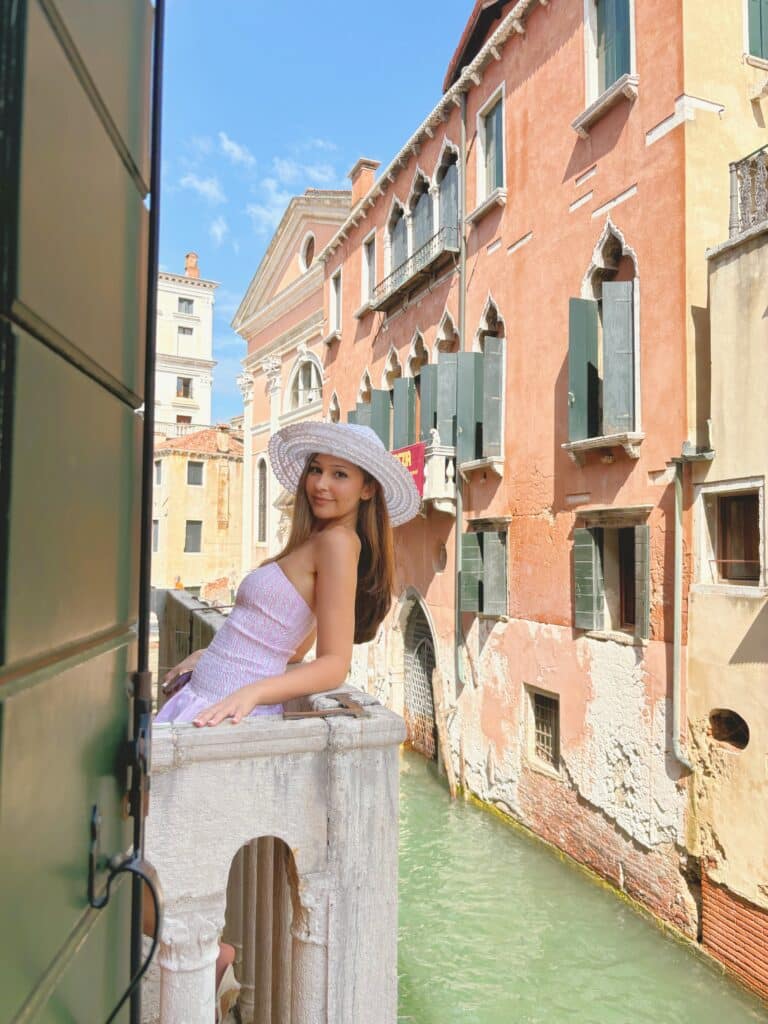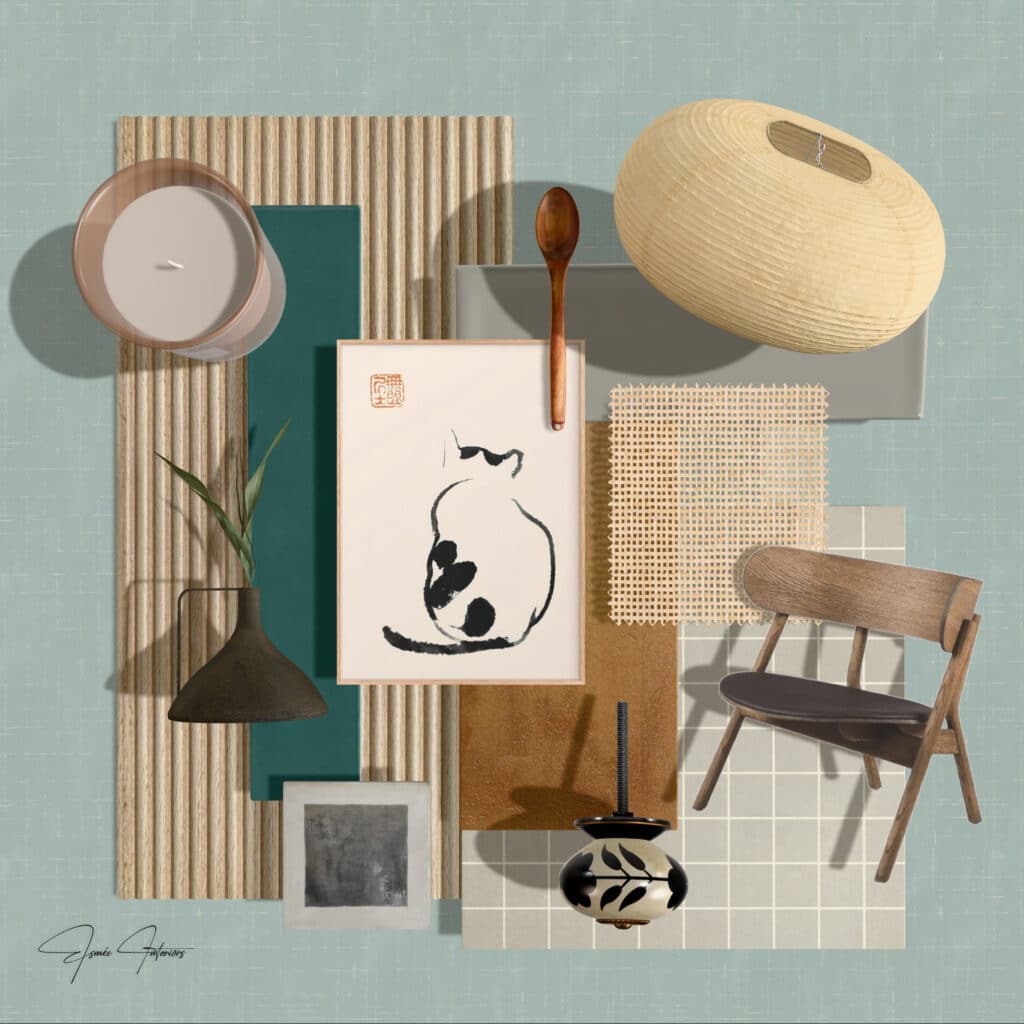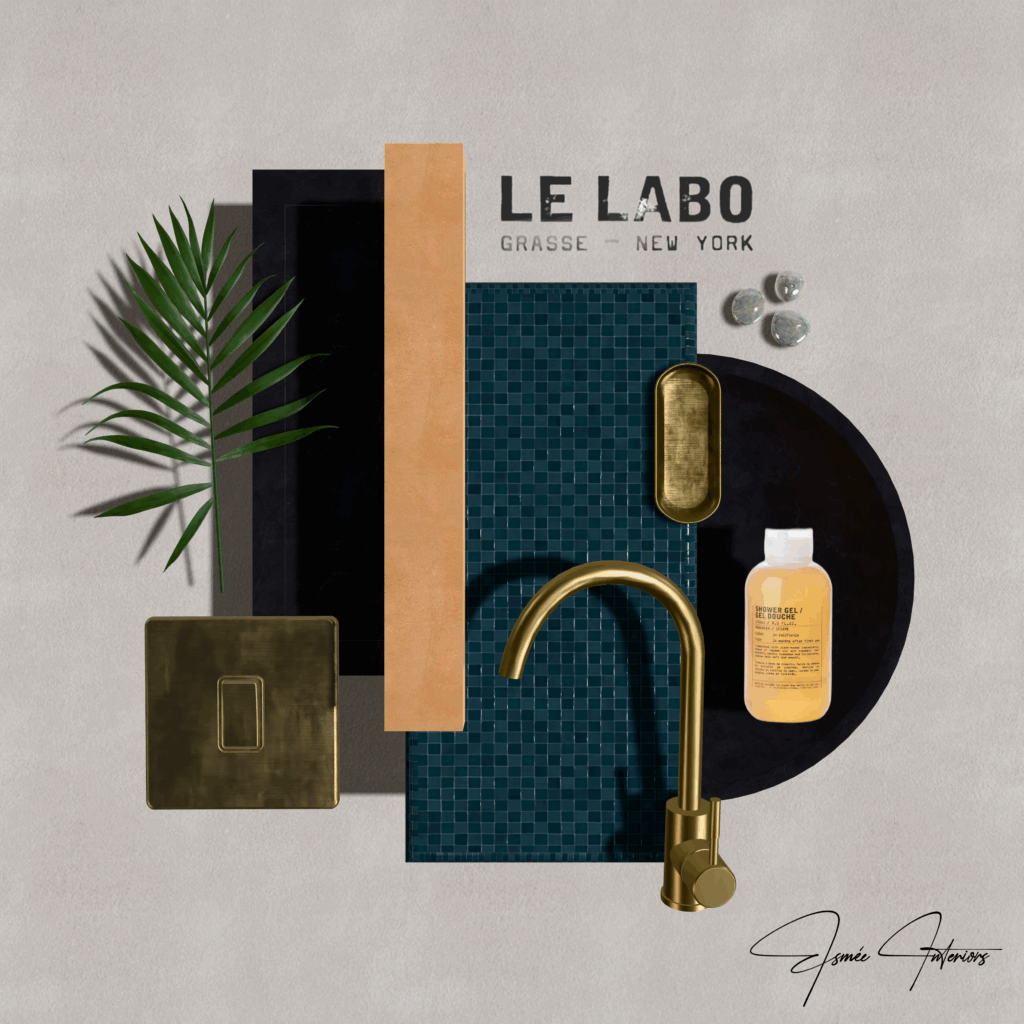Designing Spaces That Feel as Good as They Look: Meet Esmée
For Esmée, design isn’t just about how a room looks, it’s about how it moves you. With a style rooted in texture, soul, and individuality, she’s on a mission to create spaces that actually feel like home. Balancing a career in UX with her growing passion for interiors, Esmée brings a thoughtful, quietly rebellious energy to her work.
In this spotlight, we dive into the inspirations, insights, and evolving style of a designer whose love for texture, soul, and story is woven into every decision she makes.

What first sparked your passion for design?
I think everyone deserves to live in a space that reflects who they are how they want to feel – it’s as simple as that. You sleep there, you eat there, you argue, laugh, spiral, daydream, dance badly, and host the people you care about. I care about design because I care about how spaces make us feel. I want rooms to do something – calm you down, lift you up, make you want to light a candle, or throw a dinner party. That’s what sparked it for me: the idea that our environment quietly shapes our lives, and we get to shape it right back. I work in the UX industry too, so interior design is a creative outlet that I’ve always wanted to pursue.
Who is your biggest design inspiration?
I’m drawn to Gert Voorjans’ style. Soulful, eclectic, unique. I love dark wood pieces that ground spaces that are unafraid of colour, so I take inspiration from Voorjans’ layered eclectism through Persian rugs, antique wooden furniture, lush textiles, and sculptural elements. He embraces imperfection, which is central to my design philosophy – you can really see through his work that a home should reflect the individuality of its inhabitants, leaning into those quirks and idiosyncrasies that add character and soul.
How would you describe your design style/taste in 3 words?
- Earthy
- Tactile
- Layered

What made you apply to the National Design Academy?
To gain a solid grounding in the fundamentals of interior design – something structured to complement the self-taught side of my journey. I wanted to anchor independent research and hands-on experimentation with an academic framework.
What’s the most unexpected thing you have learned from the course?
I started to appreciate the historical aspects of design – things I might have skimmed over in my self-guided learning. It made me realise that understanding the ‘why’ behind styles and principles can strengthen your instinctive creative choices.

What has been your favourite course module and why?
Unit 5 on the Professional Interior Design Diploma has been my favourite module so far because it challenged me to source furniture for a client brief with both high and low budget options. I think that’s an important skill because most people can’t afford the pieces featured in high-end magazines, but that doesn’t mean they should miss out on similar feelings or essences that they want to create. While researching a variety of pieces I also expanded my list of suppliers which is a plus! On the whole, unit 5 served as a reminder that design should be accessible, and that making a space beautiful and meaningful to you doesn’t have to come with a luxury price tag.
What’s your favourite project that you’ve worked on?
I’m moving soon, and I’ve been putting everything I’ve learned into practice by creating a full interior design package for myself – just like I would for a client. It’s been a great way to test my process in a real-life setting, with all the same considerations and constraints.


What advice would you give to potential National Design Academy students?
Go beyond the classroom and take learning into your own hands alongside your studies. The course offers a very good foundation, but to really grow, you need to diversify the way you learn. Don’t just stick to the assignments, read books and get some inspiration from design magazines, learn how designers think and operate, experiment with your own spaces, and explore different tools and platforms. For example, I’ve recently started creating my own 3D renders, and it’s helped me to develop my visual communication!
Now/when you’ve just finished your course, what are you doing next?
I’m focusing on building my skills and continuing to learn as much as I can. I’m still quite early on in my interior design journey, so right now it’s all about exploration and immersion. I’m taking time to refine my process and pay attention to what inspires me. Whether it’s playing around with 3D renders or creating concept boards for imaginary clients, I’m in a phase where I’m absorbing everything.
I’m also starting to document my work and ideas more intentionally, so I can look back and see how my style and understanding has evolved over time. For now, I’m giving myself permission to enjoy the learning process without rushing to get it all perfect.
Start Your Interior Design Journey – Your Way!
Esmée chose to build on her creativity by studying the Diploma in Professional Interior Design. Whether you prefer learning online, joining our in-studio sessions, or fast-tracking your studies, we’ve got an option that best fits around your lifestyle.

